Cameras go live at Greenwich Hills and Vales low traffic zone
Cameras have gone live today replacing fixed obstacles in the form of bollards and planters at the Hills and Vales Low Traffic Neighbourhood scheme in west Greenwich.
The move permits emergency services to pass through while general traffic is prohibited – for now.
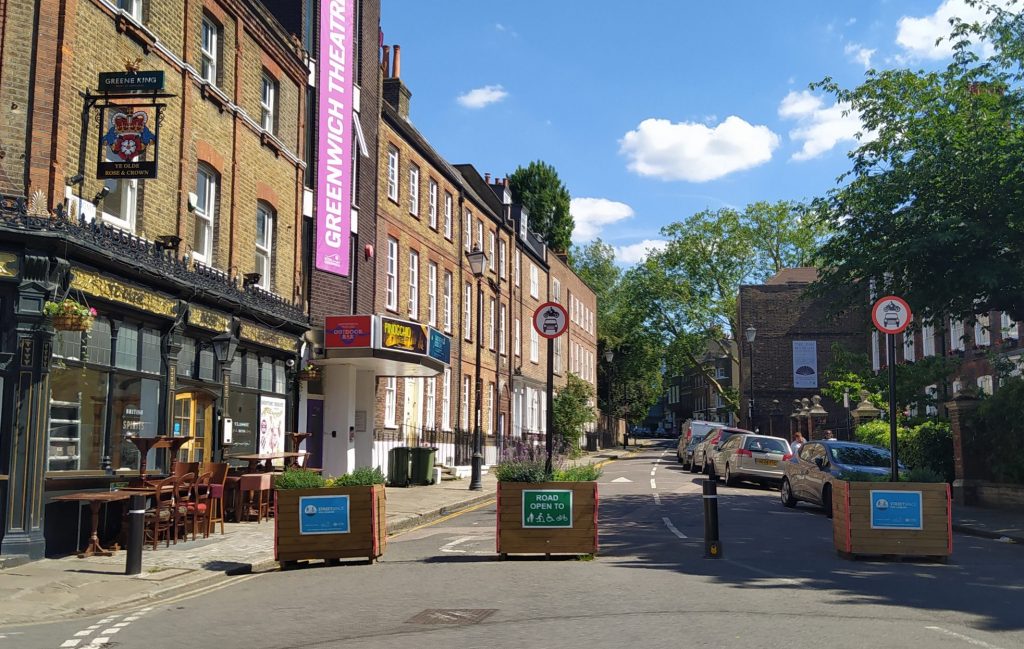
In coming weeks the council are expected to permit general traffic to pass in the morning rush hour.
The move will prove controversial – much like the LTN in the first place – as it permits traffic to head past James Wolfe primary school which includes a dedicated centre for deaf children.
Signs installed to notify drivers about a scheme set up to encourage walking and cycling have been positioned making life harder for pedestrians, particularly wheelchair users:
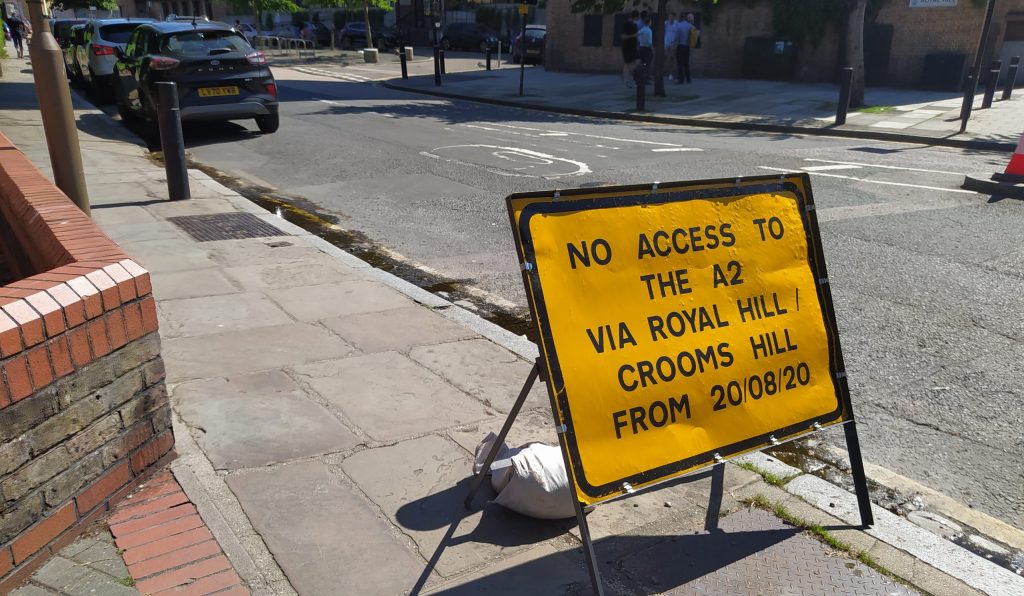
Concerns
The switch to cameras follows concern from emergency services over fixed obstacles when the project was initiated in spring 2020.
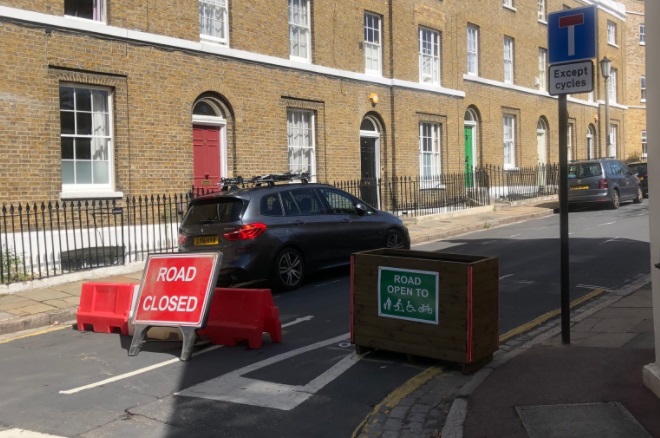
As Greenwich Council was one of just three London councils by 2020 that hadn’t sought powers to use CCTV for moving traffic violations since the power was introduced in 2005, they were unable to use cameras at the time.
They’ve since gained the required powers they failed to obtain for 15 years, which 29 of London’s 32 boroughs had previously gained.
Consultation
The Hills and Vales scheme did see some consultation before the pandemic, but powers to speed up installation of Low Traffic Neighbourhoods were used in order to encourage people to walk and cycle as public transport use was restricted.
While consultation wasn’t needed under the use of Experimental Traffic Orders, local authorities could still engage with the public early on in the process. Greenwich Council however failed to set up feedback websites early on in the pandemic and refused to tell the public clear details of projects they were submitting for funding, despite numerous questions from this site and others. It took Freedom of information requests to find out project details and costings.
They also failed to offer detailed plans to the emergency services:
Greenwich Council state they will soon reveal consultation results from a newer round undertaken since installation.
Their press release states:
58% of households in the area took part in the survey and 48% of respondents from within the LTN area itself were positive about the trial measures. However, there were concerns and written objections about the area being made less accessible to cars and the perceived impact on neighbouring roads such as the A2, and Maze Hill and Westcombe Park area.
We are considering the responses to the West Greenwich consultation alongside responses received to the consultation on proposed measures in East Greenwich. A decision on the next steps, including any changes to access, will be made in the coming weeks. We will also publish the full consultation results.
Running a site alone takes time and a fair bit of money. Adverts are far from enough to cover it and my living costs as a private renter.
You can support me including via Paypal here Another option is via Patreon by clicking here You can also buy me a beer/coffee at Ko-fi here There's also a Facebook page for the site here Many thanks

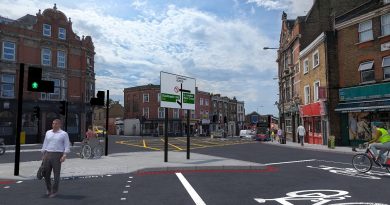
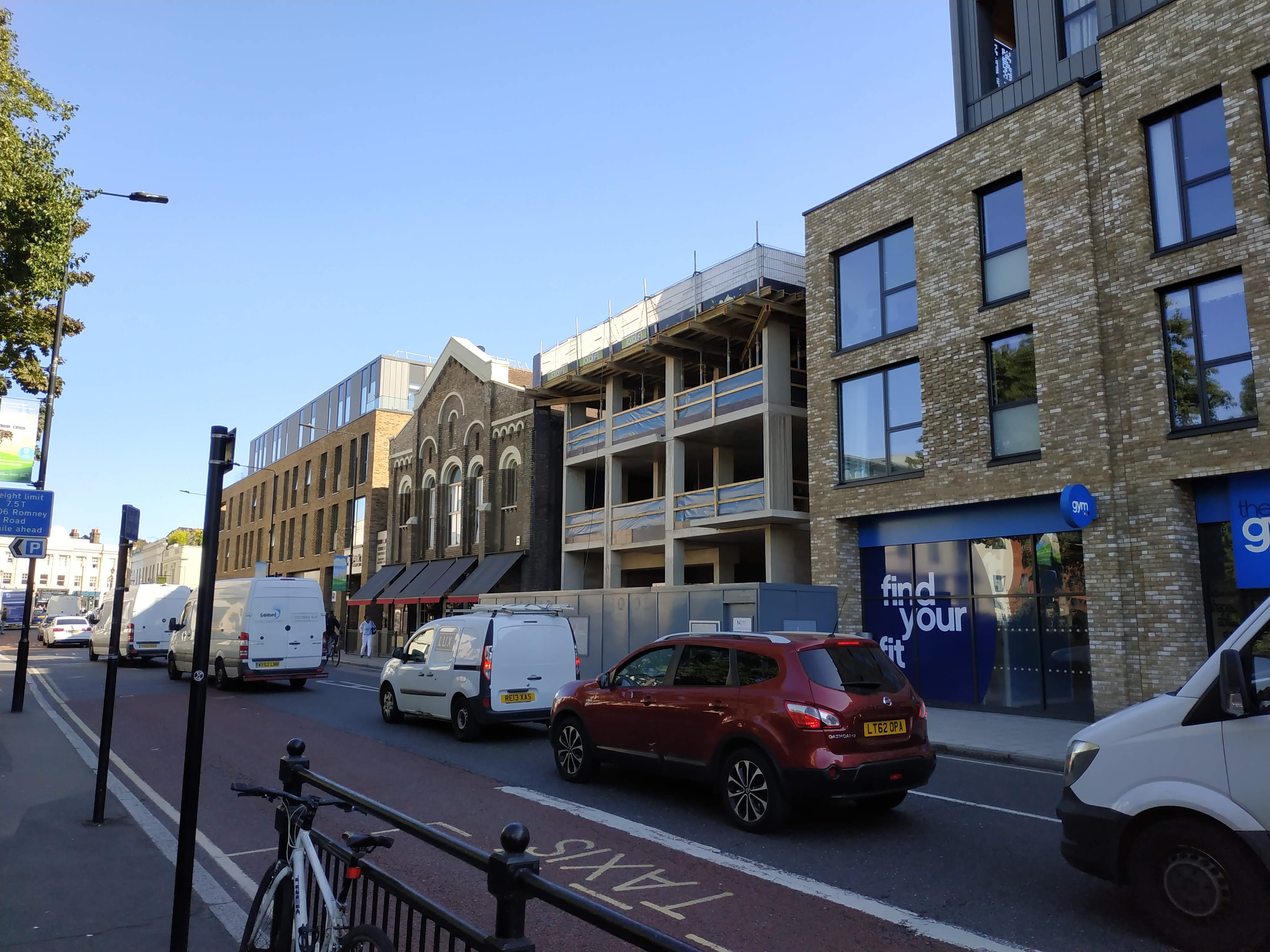
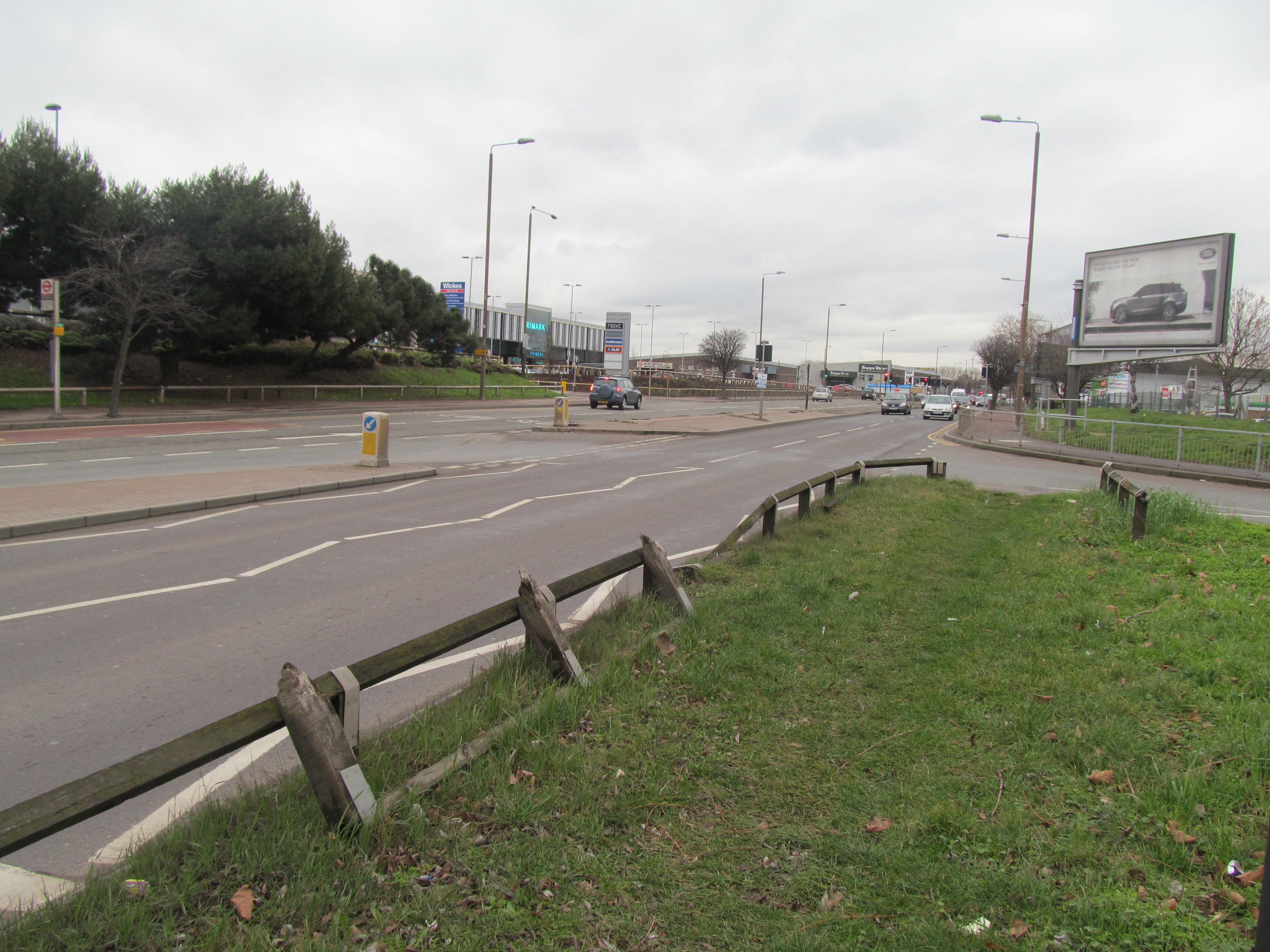
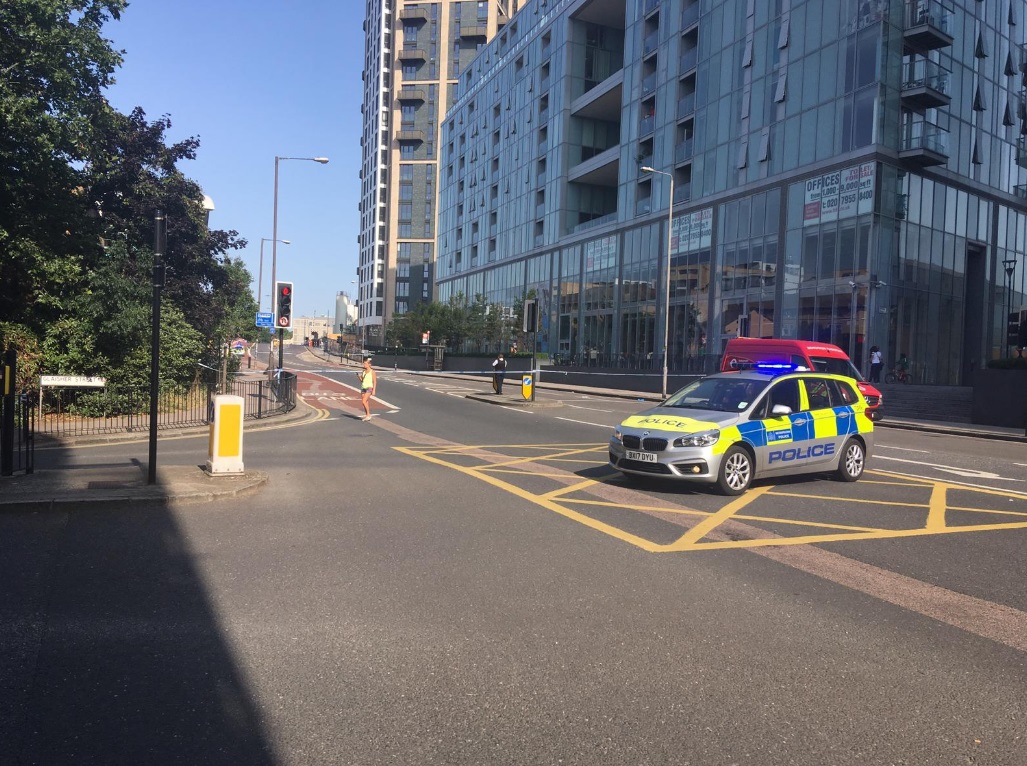
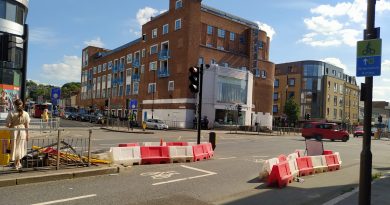
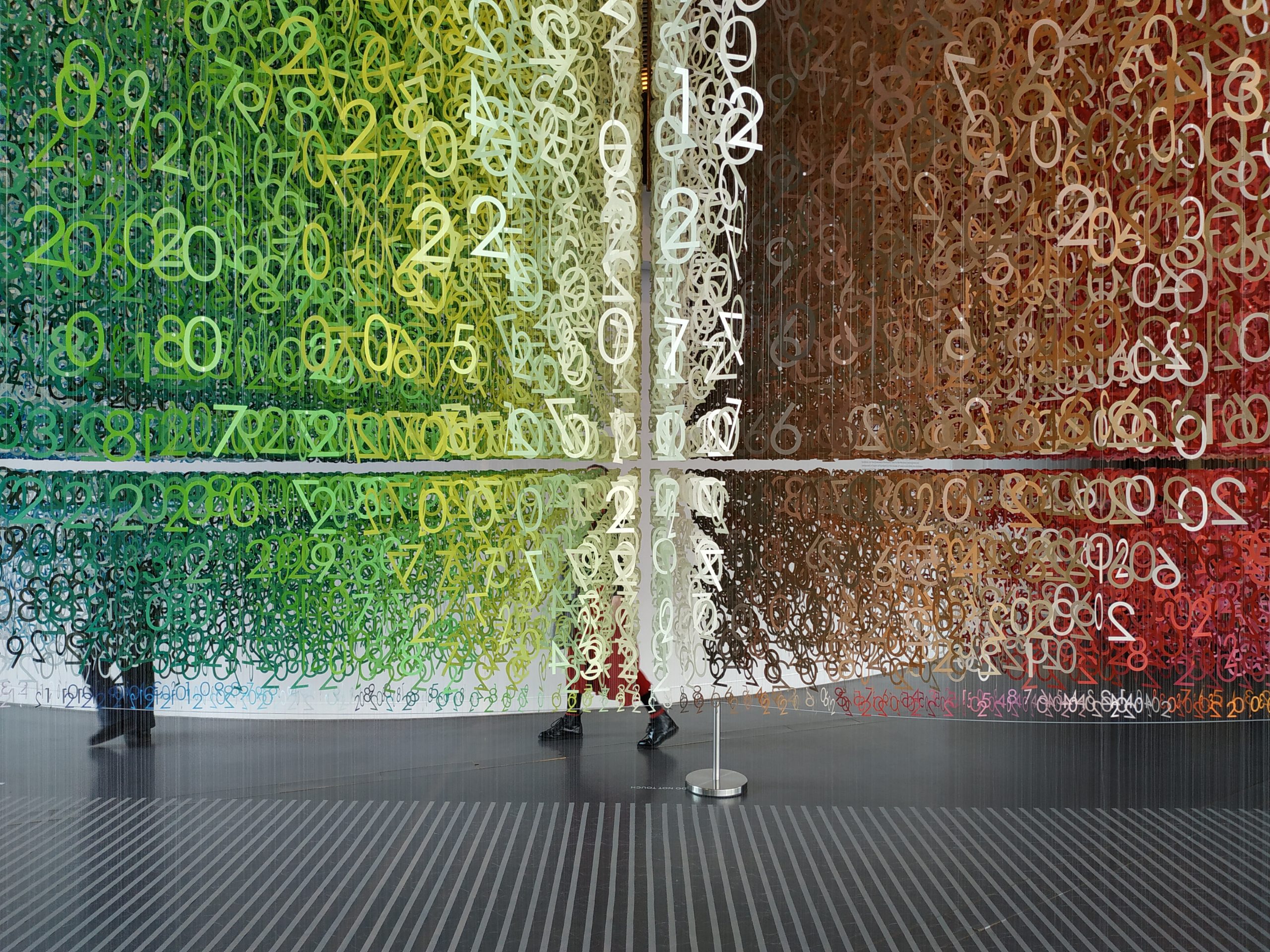
Would I be correct in thinking that Greenwich Council is spinning non-existent support for these measures?
“…48% of respondents from within the LTN area itself were positive about the trial measures.”
Having 48 per cent for these measures suggests that 52 per cent were against them. In order to get a decisive outcome, these surveys tend not to have ‘Don’t Know’ as an option. As a certain referendum back in 2016 highlighted, 48 per cent is not a winning majority.
The press release simply highlights Greenwich Council’s narrative bias and its reluctance to adhere to the wishes of the survey respondents, which suggests that 52 per cent said: no, we don’t want an LTN in this area.
I’d be interested to learn how can this spin be challenged.
Or, it suggests 52% were ambivalent, or they felt the measures did not go far enough?
I’m very nervous for these to come into place. I’m an NHS district nurse and our job has been hell in Greenwich recently. We’re one of the few boroughs that have very little parking rights (to do our very much needed job! We see people in their last hours and prevent A&E admissions 365 days a year, and appeals to fines are revoked), and of course now the traffic has got much worse with these road blockages in place. Most of the patients I have seen in these areas (which now take me twice as long to get to) have said they too are completely against this, as they also have carers visiting multiple times a day and are vulnerable on their own without easy access. This is not a matter of getting to work in the morning but getting stuck multiple times a day, unable to walk or cycle with the load we carry. There are so many services like mine in this position too which of course are not emergency vehicles but still important. 48% is a minority vote!
At least with the bollards we knew we couldn’t go there – are they just trying to make money from fines with the cameras? I hope these signs are loud and clear at the very least.
“58% of households in the area took part in the survey…” so 42 per cent did not. There is your ambivalent group – possibly not car owning and so less inclined to take the time to respond to the survey. Those that do respond to surveys typically have skin in the game. Furthermore, I doubt if Greenwich Council would hide anything it could spin that suggested “the measures did not go far enough”.
If drivers drove sensibly and paid attention to speed iimits and the rules of the road then a lot of these low trafic zones would not be required to be blocked off completely.
As the fixed planters across roads do delay emergency vehicles from getting through and also do make it difficult for district nurses, carers, school buses and hospital out patient transport services to get to vulnerabe peoples homes.
Cameras are a better use to monitor these zones but should be allowed to be used for speeding traffic (including issuing fines for speeding) on residental roads covered by the low traffic schemes and near schools if we are to ever make our roads safer for all.